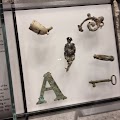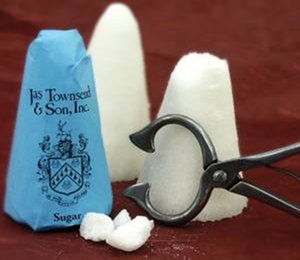As the hours clock by, and snow flurries look imminent here in the high desert, I look back to 2014, and see it as a very good year! Filled with adventure and challenge, good times and interesting reading and research.
I am excited to see what will come in the New Year! I look forward to researching the 18th Century in more depth.
I thank you for your support, your readership. I have quite a following now!
I bid you peace, joy, love and learning!
M.
A PROCLAMATION by the United States in Congress assembly:
Whereas it hath pleased Almighty God, the Father of all mercies, amidst the vicissitudes and calamities of war, to bestow blessings on the people of these states, which call for their devout and thankful acknowledgments, more especially in the late remarkable interposition of his watchful providence, in rescuing the person of our Commander in Chief and the army from imminent dangers, at the moment when treason was ripened for execution; in prospering the labors of the husbandmen, and causing the earth to yield its increase in plentiful harvests; and, above all, in continuing to us the enjoyment of the gospel of peace;
It is therefore recommended to the several states to set apart Thursday, the seventh day of December next, to be observed as a day of public thanksgiving and prayer; that all the people may assemble on that day to celebrate the praises of our Divine Benefactor; to confess our unworthiness of the least of his favors, and to offer our fervent supplications to the God of all grace; that it may please him to pardon our heinous transgressions and incline our hearts for the future to keep all his laws that it may please him still to afford us the blessing of health; to comfort and relieve our brethren who are any wise afflicted or distressed; to smile upon our husbandry and trade and establish the work of our hands; to direct our public councils, and lead our forces, by land and sea, to victory; to take our illustrious ally under his special protection, and favor our joint councils and exertions for the establishment of speedy and permanent peace; to cherish all schools and seminaries of education, build up his churches in their most holy faith and to cause the knowledge of Christianity to spread over all the earth.
Done in Congress, the lath day of October, 1780, and in the fifth year of the independence of the United States of America.













 review it below. A bit different than our lead up to Black Friday deals, door buster sales, excess and gluttony. And, note, a religious bent as well, thanking God for our bounties. And this is America. What has happened, I ask you to reflect? I send my readers my best wishes for a blessed Thanksgiving Day, with family, friends, or in the quiet and peaceful silence of your home. God bless you all.
review it below. A bit different than our lead up to Black Friday deals, door buster sales, excess and gluttony. And, note, a religious bent as well, thanking God for our bounties. And this is America. What has happened, I ask you to reflect? I send my readers my best wishes for a blessed Thanksgiving Day, with family, friends, or in the quiet and peaceful silence of your home. God bless you all.

 With the holidays coming up sooner than we think, a lot of us will be heading to the pantry for our baking supplies....for those traditional cookies and cakes. We all have our favorites that we like to enjoy in our own homes, as well as distribute to family and friends. BUT, the most important aspect of this baking is the ingredients we use!!
With the holidays coming up sooner than we think, a lot of us will be heading to the pantry for our baking supplies....for those traditional cookies and cakes. We all have our favorites that we like to enjoy in our own homes, as well as distribute to family and friends. BUT, the most important aspect of this baking is the ingredients we use!!















